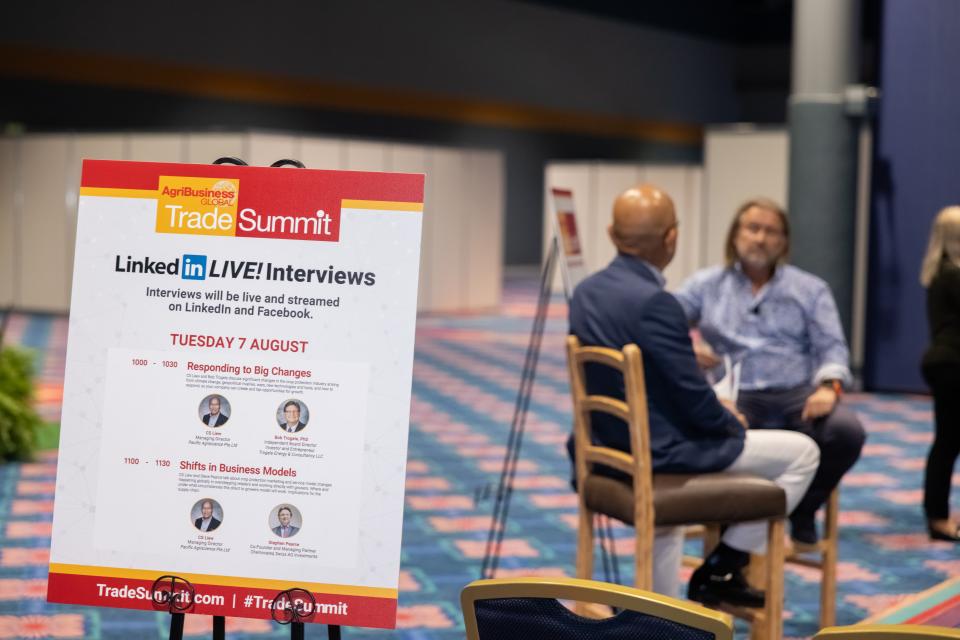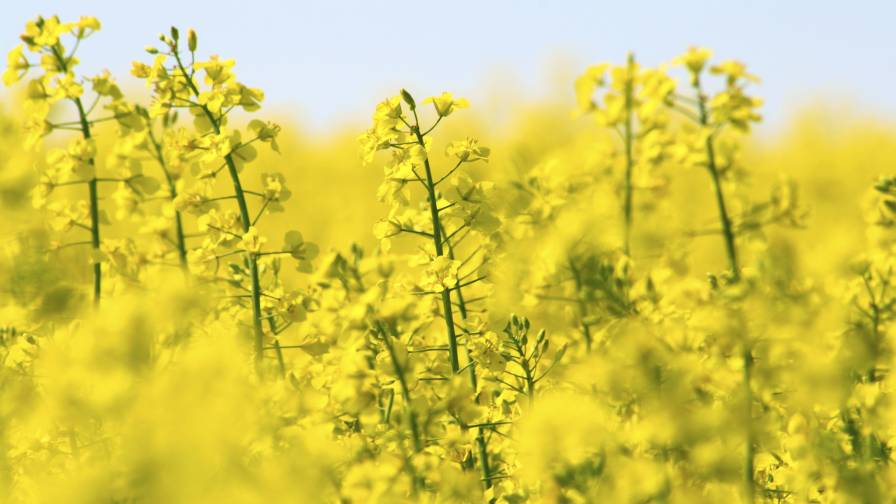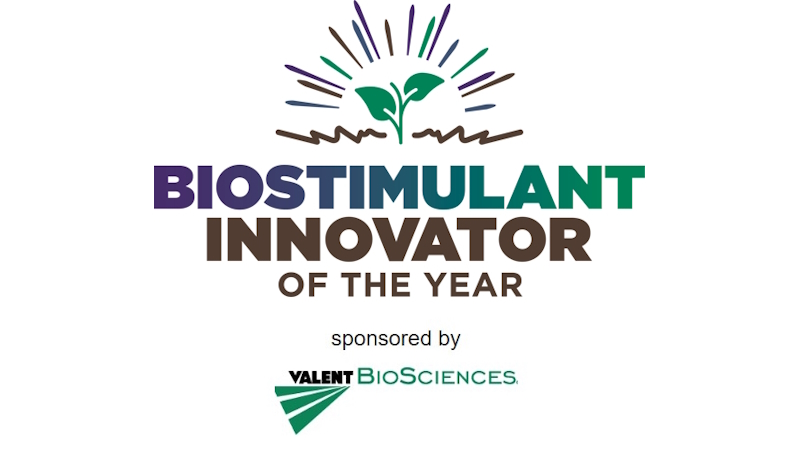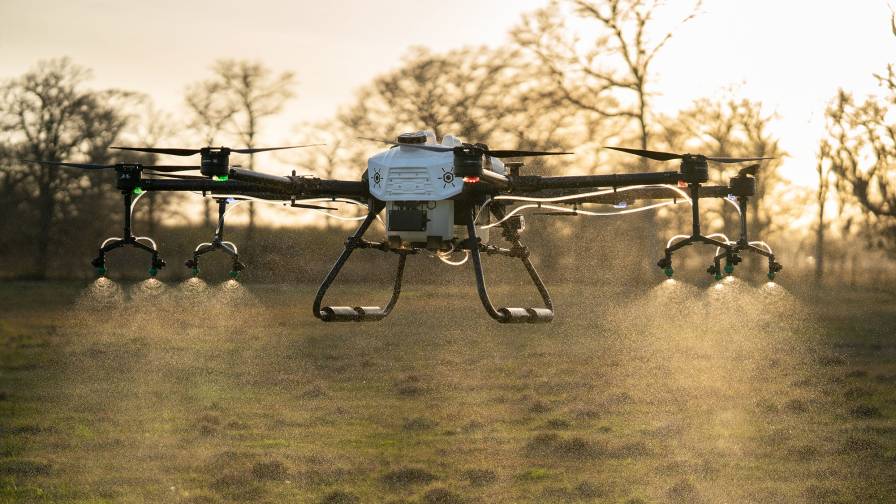Making Sense of RNAi Biopesticide Technology
Editor’s note: Renaissance BioScience is a global leader in yeast bioengineering for the food and agricultural markets. AgriBusiness Global recently caught up with John Husnik, PhD, Co-CEO and CSO at Renaissance BioScience, to learn more about the company’s yeast-based RNA-interference biopesticide technology.
ABG: Please tell us about what Renaissance Bioscience does and how it relates to potatoes and other produce items?
John Husnik: Renaissance is a global leader in yeast bioengineering whose platform technologies are used to develop innovative, market-ready, functional non-GMO or GMO yeasts that provide cost-effective solutions to address pressing environmental, health and industrial challenges. Renaissance technologies and our world-leading expertise creates innovative products for multiple end-use industries, including agriculture, food and beverage, animal and human health, and energy.
Our Renaissance yeast-based, RNA-interference technology can target various devastating agricultural pests, such as the Colorado potato beetle and many others. We have also commercialized a non-GMO, non-fermenting yeast that can greatly reduce the presence of acrylamide, a food contaminant and probable carcinogen, in thousands of food products. Renaissance also previously developed a line of hydrogen sulfide-reducing wine and beer yeasts that was successfully outlicensed and later sold to a global yeast manufacturer.
ABG: In simple terms, could you explain how the RNAi biopesticide functions?
JH: It is important to note that RNA is a perfectly natural part of every animal and humans and has been for millions of years. RNAi, or RNA interference, is a natural mechanism that can interfere or “dim” the usual operation of genes. We developed a proprietary yeast that can express bioactives that target specific critical genes of a targeted pest via RNAi. The yeast (which is killed prior to application) acts as a “suitcase” to protect the fragile bioactive in the environment, allowing the RNAi yeast to be sprayed in solution onto plant leaves like a conventional pesticide. Once the pest eats the leaves and digests the (now dead) yeast, the RNAi bioactive gets released in the gut, ultimately turning off the selected critical genes and killing the insect.
One especially appealing aspect of an RNAi biopesticide is that it targets only that pest and has no ill effects on any other insects, plants or humans. Using food-safe yeast to produce an RNAi bioactive also addresses some of the biggest challenges facing RNAi biopesticides, which are fragility, cost and ability to manufacture the bioactive at scale. Yeast is hardy and can protect the fragile RNAi bioactive molecule it contains while being in the outside agricultural environment or the pest gut. Yeast can be easily and economically manufactured at large scale, overcoming the high costs typically associated with other RNAi biopesticide technologies.
ABG: How was it developed and what was the thinking or inspiration behind the development of the biopesticide?
JH: Yeast is really a workhorse microorganism that can be made to do many wonderful things that are needed in our economy. Our inspiration to marry two very different types of technologies, RNA technology and Yeast technology, arose from the fundamental study of yeast. We noted that yeast is naturally very good at making RNA molecules, particularly double stranded molecules used in RNAi and harboring these molecules safely within the cell. With this basic knowledge we have been building out our yeast-based RNA platform technology for biopesticide use and beyond.
Our Renaissance experts are global leaders in the development of innovative yeast for many different food, beverage, agriculture, and animal/human health applications, and we were able to develop a yeast that could overcome some of the main hurdles around bringing an RNAi biopesticide to market. In addition, Renaissance is working on another agricultural application: to develop a yeast-based vaccine technology to deliver pig, cattle, poultry and fish vaccines via animal feed.
ABG: What specific benefits or advantages does the RNAi biopesticide deliver compared with conventional pesticides?
JH: The RNAi biopesticide is extremely specific and only affects the targeted pest. Unlike conventional broad-spectrum pesticides, our RNAi biopesticide is extremely specific and only affects the targeted pest. Any excess yeast containing our RNAi bioactive breaks down harmlessly on the sprayed leaves and into the surroundings without harming other living organisms, while conventional pesticides can lead to pesticide runoffs that contaminate water sources, putting aquatic life and human health at risk. With our yeast-based RNAi biopesticide platform being a “plug-and-play” technology, the RNAi bioactives can be swapped in and out to create unique biopesticides that target a wide range of pests.
ABG: From a sustainability point-of-view, how important is it to develop biological pesticides as an alternative to conventional products?
JH: Public opinion and government directives have been trending strongly over the last few decades toward using fewer conventional pesticides and finding alternative ways, such as biological pesticides, to manage pests more sustainably. This sentiment has only accelerated in recent years, as an increasing number of chemical pesticides are expected to be banned by regulatory agencies worldwide. The only way to support the world’s growing population is to commercialize innovative biopesticide solutions such as our RNAi yeast to replace conventional pesticides.
ABG: What potential do you see for yeast-based biological pesticides in other fruit and vegetable crops? How far can this technology go?
JH: Our yeast-based RNAi biopesticide technology has significant potential to make a big difference in protecting fruit and vegetable crops from their pests. Our current version of yeast-based RNAi is most applicable for leaf-munching pests, and we are fine-tuning our technology to make it suitable for pests that devastate fruit, vegetable, grain and oilseed crops. As our technology matures, we can develop uniquely different biopesticides to protect crops with economic importance worldwide.






